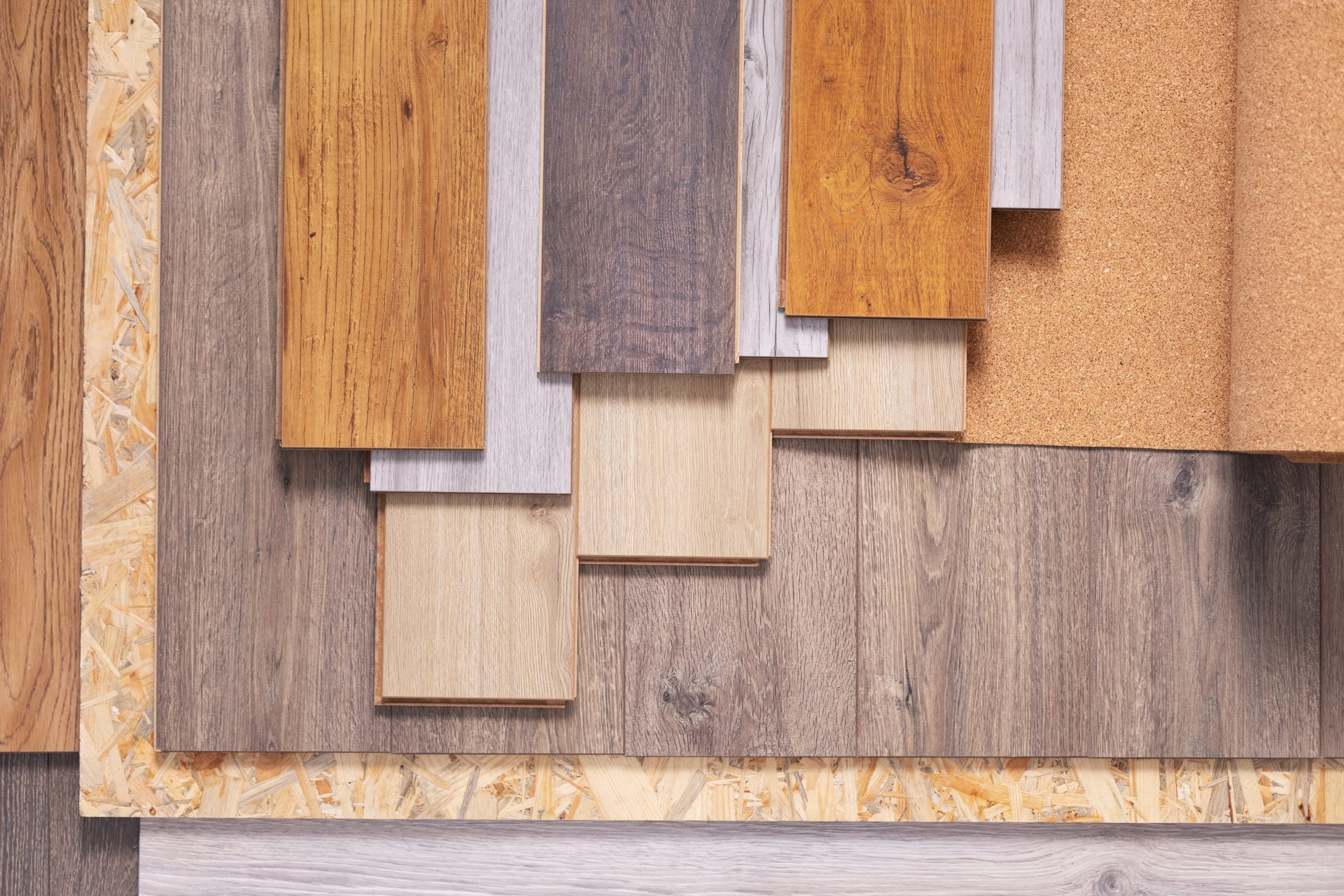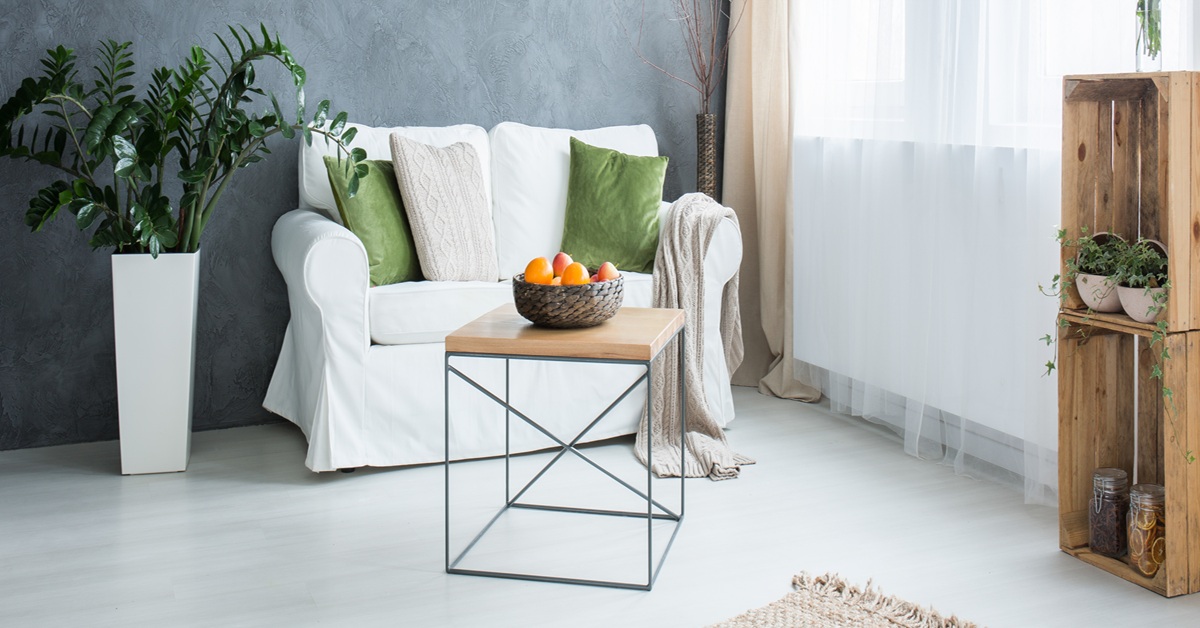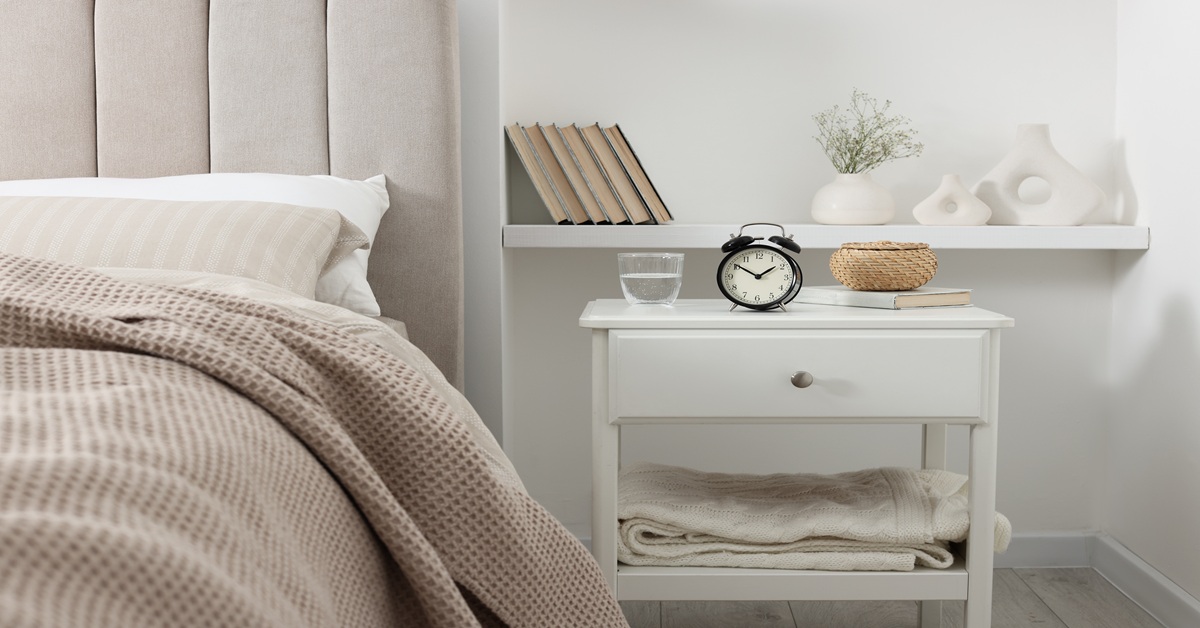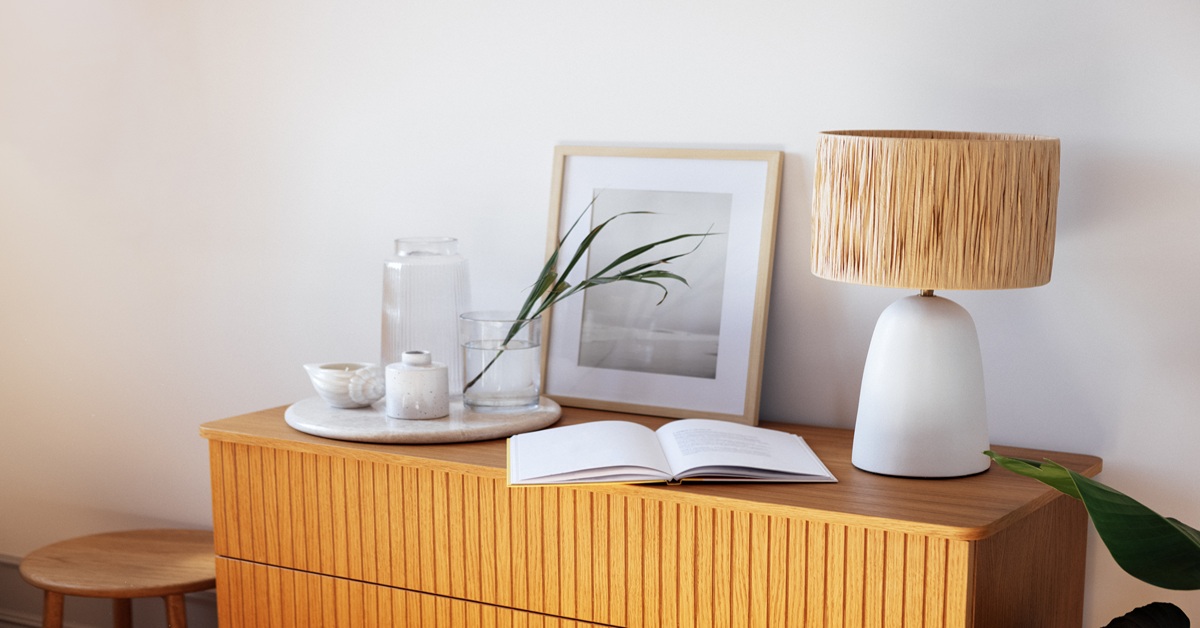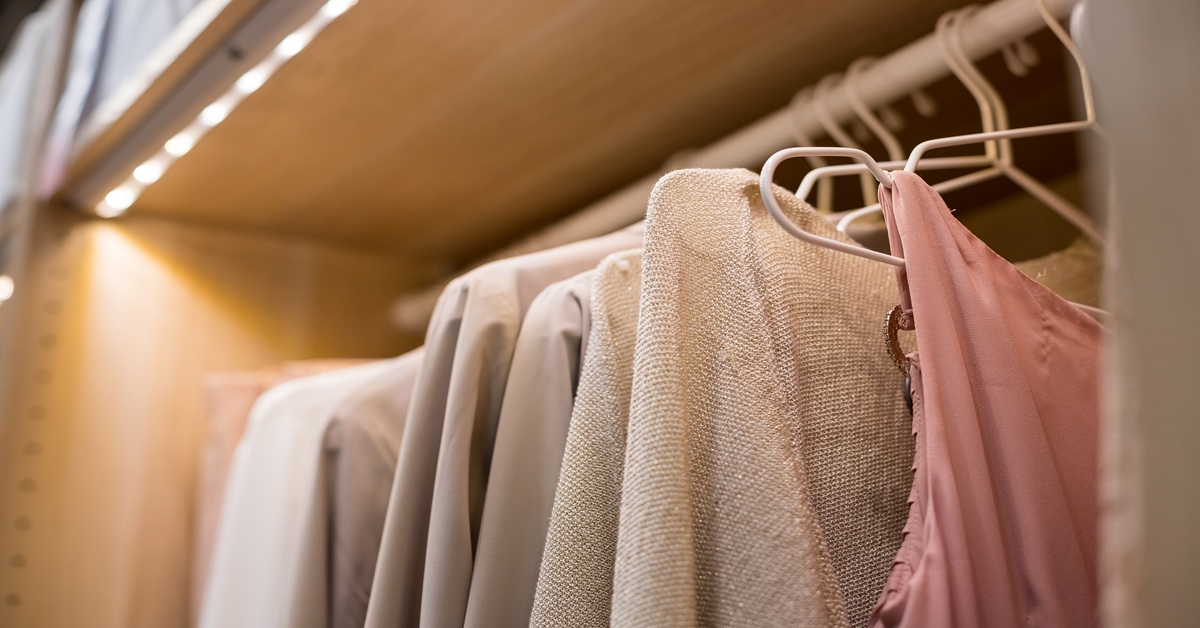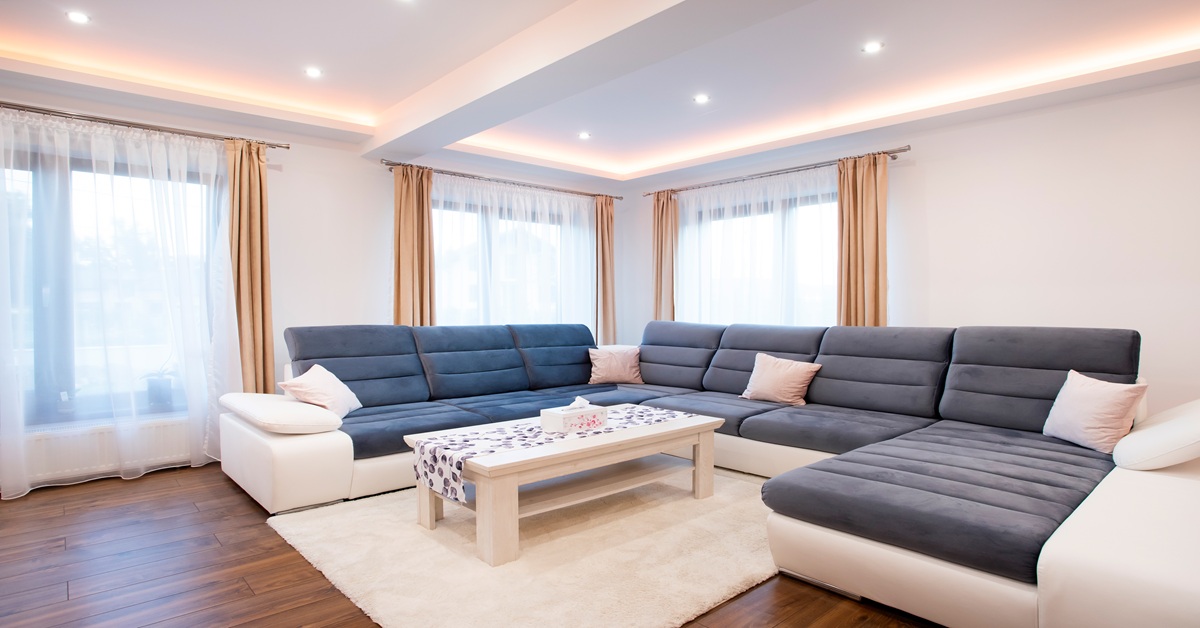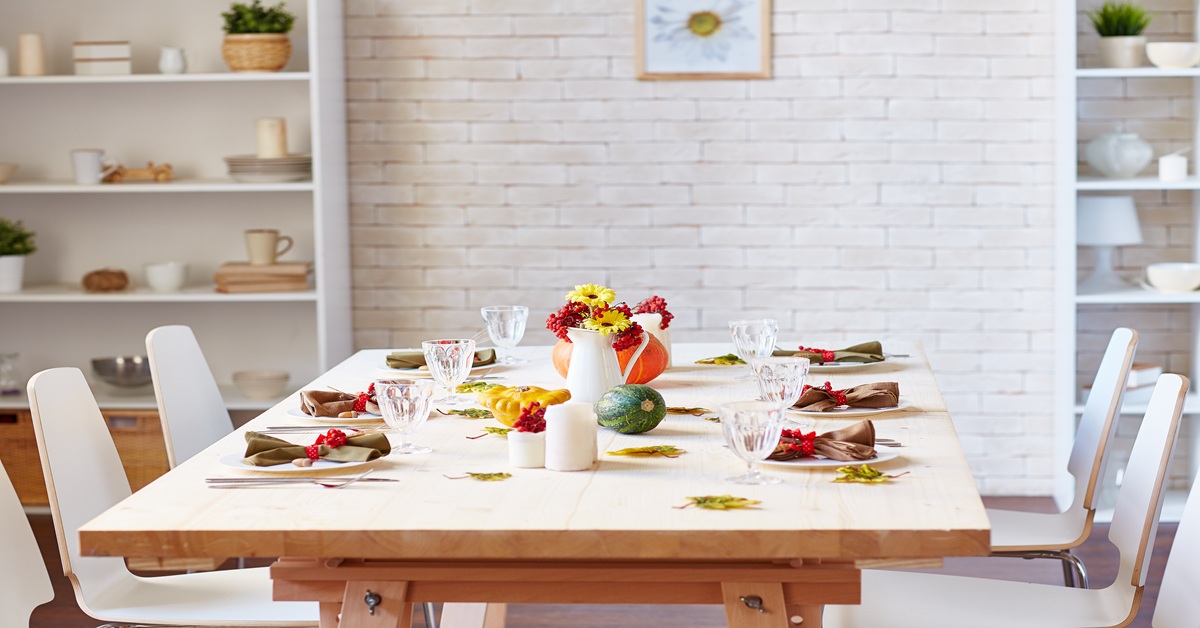High-density fibreboard (HDF) is a type of engineered wood product that is made from wood fibre extracted from chips and pulped wood waste. HDF is known for its high density, which is achieved through a highly pressurized manufacturing process. This process includes combining wood fibres with resin and then compressing them under high temperatures. The result is a durable, dense board that is perfect for various construction and design applications. HDF is increasingly important for aspiring architects, interior designers, and civil engineers due to its sustainability, versatility, and cost-effectiveness. These professionals value HDF for its ability to mimic the aesthetic of natural wood while offering superior consistency and durability. Its versatility makes it suitable for a wide range of applications, from flooring to furniture, making it a popular choice in modern design practices.
What is HDF? Composition and Manufacturing Process
High-density fibreboard (HDF) is a type of engineered wood product made from wood fibres, wax, and resin that are compressed under high pressure and heat to form dense sheets. These sheets are smooth on both sides, making them suitable for various finishes. Breaking down wood chips or other wood waste into individual fibres is the first step in the production process. After that, these fibres are combined with a resin binder, heated and compressed to high temperatures. The fibres are compressed firmly together during this process, creating a robust and dense panel. One important feature of HDF that adds to its strength and stability is its high density. HDF employs wood fibres to create a uniform and homogenous material, in contrast to plywood, which uses layers of veneer.
HDF vs. MDF vs. Plywood: Key Differences
Although plywood, HDF, and MDF (Medium-Density Fibreboard) are all engineered wood products, their composition, densities, and uses vary greatly:
- Density: Of the three, HDF has the maximum density, followed by MDF and plywood. Each material’s strength and durability are greatly impacted by this density difference.
- Composition: Plywood is composed of layers of wood veneer, whereas HDF and MDF are composed of wood fibres. This variation in composition has an impact on the surface’s smoothness and shapeability.
- Applications: High-stress applications, such as flooring and furniture components, frequently use HDF. MDF is frequently utilised in cabinetry and furnishings. Plywood is utilised for furniture, sheathing, and structural purposes.
- Moisture Resistance: Although there are moisture-resistant HDF grades, plywood often has superior moisture resistance to both HDF and MDF.
Choosing the appropriate material for your project requires an understanding of these important distinctions. Because of its high density, HDF is perfect for applications that call for both strength and a smooth surface.
Applications of HDF in Furniture and Interior Design
Versatility in Use
High-density fibreboard (HDF) is celebrated for its wide range of applications in both residential and commercial settings. Its remarkable versatility makes it a preferred choice in various design projects:
- Furniture: HDF is extensively used in the manufacture of durable and aesthetically pleasing furniture items such as tables, cabinets, and wardrobes. Its ability to hold screws and fasteners tightly makes it ideal for heavy-use furniture.
- Flooring: Thanks to its density and smooth surface, HDF serves as an excellent substrate for laminate flooring. It provides a stable and durable foundation that resists swelling and contraction.
- Decorative Applications: HDF is used for decorative wall panelling and intricate mouldings due to its smooth surface that accepts paints and finishes well, allowing for a high-quality aesthetic finish.
Innovative Uses in Architecture
HDF’s structural and aesthetic qualities lend it to innovative uses in modern architecture:
- Acoustic Panels: Due to its dense nature, HDF is often used in the creation of acoustic panels that help in soundproofing and improving the acoustics of a space.
- Fire Doors: HDF’s density makes it suitable for use in fire-resistant doors, where it helps to slow the spread of fire in buildings, enhancing safety.
- Exterior Siding: Treated HDF is used in exterior siding for residential and commercial buildings due to its durability and resistance to weather conditions.
Check out the Wigwamply wide selection of premium plywood for your upcoming project.
Advantages of HDF: Strength, Durability, and Cost-Effectiveness
- Versatile nature: HDF boards are versatile making them an important choice to use in various elements of the homes. It can effortlessly be cut, take any form and shape, and give you a variety of projects.
- Smooth surface: HDF boards are known for their flat surface, making them a great canvas for painting and covering as they improve their appearance. Additionally, they are appropriate for adding veneers to give them an even more refined look.
- Density is uniform: The uniform density of HDF boards confirms that they can hold consistently throughout the board and are easy to machine.
- Cost-effective: HDF boards are a cost-actual option that won’t break the bank. They can add visual requests to your home and also assist you in saving money in the long run.
Discover the versatility of HDF at Wigwam Ply. Explore our range of high-quality High-density fibreboards for your next project!
How to Cut, Finish, and Maintain HDF Panels
Using HDF calls for a few particular methods:
- Cutting: Table saws, jigsaws, or circular saws can be used to cut HDF. For precise cutting, sharp blades are necessary. Because HDF dust can be fine and perhaps unpleasant, dust collection is essential.
- Finishing: HDF can be laminated, painted, or stained as a finishing touch. Its flat surface makes a great foundation for a variety of finishes. It is advised to seal HDF’s edges to stop moisture absorption.
- Maintaining: To avoid swelling, HDF should be maintained dry. Usually, a moist cloth can be used for routine cleaning. Steer clear of harsh chemicals and abrasive cleaners.
HDF panels’ lifetime and functionality are guaranteed by proper handling and upkeep. Take inspiration from HDF’s limitless potential! For imaginative concepts and cutting-edge HDF furniture and interior design applications, go to Wigwam Ply.

